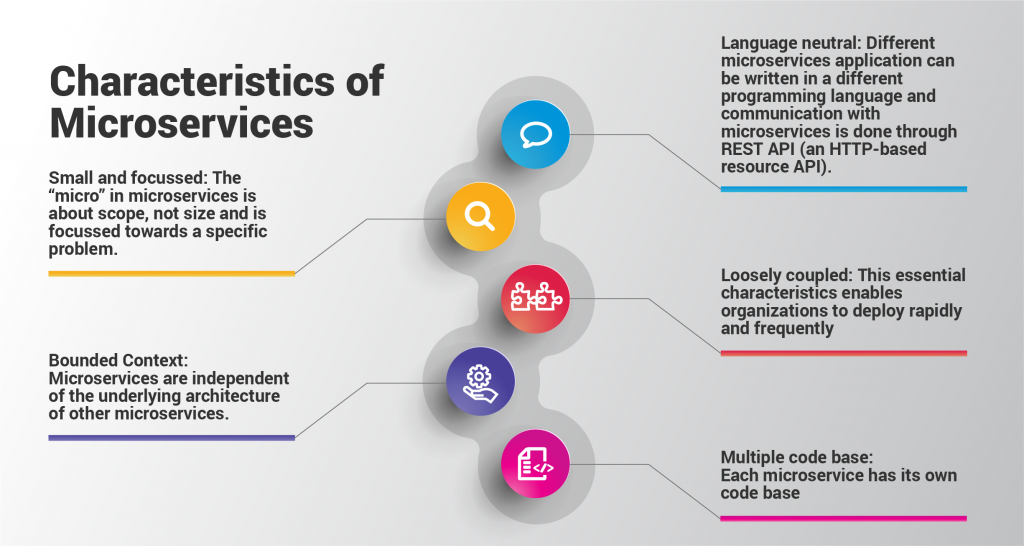
Apart from being a leading SEO company in Melbourne, Newpath Web has also been assisting a variety of clients to seamlessly make the switch over to a microservice architecture. But when it comes to microservices, it can be tricky to understand.
In a nutshell:implementing a microservice architecture means that the functionality of your software becomes ‘isolated’ into many different independent modules. Each module then becomes responsible for performing standalone, specifically defined tasks. Through universally accessible APIs (Application Programming Interfaces), these modules can easily communicate with one another.
So, if you are thinking of switching over to a microservice architecture, what are the main factors you should be considering?
-
Using a preferred technology stack
With a monolithic application, deciding on a technology stack can be difficult enough. However, switching to a microservice architecture will mean that each microservice will require its own technology stack. This can become very problematic for diverse services when trying to use a standard approach.
To make things easier, consider using a preferred technology stack throughout the application. This stack should include storage, programming language, cloud provider, monitoring, infrastructure, logging and testing framework. This will also make it easier to move between teams because each team will be using the preferred technology stack.
-
Choosing the level of independence
Switching to a microservice architecture will require you to decide on just how independent you will want each service to be.
Consider these two choices:
- Choosing to share some components, such as your Database, can make it easier to administer standards across each team. This can also ensure data consistency across each microservice. Although, this will mean that the services will not be completely separate. Other services may be affected if a team member updates the schema or a table.
- You can choose to have each service be totally independent and have both its own UI (User Interface) and Database. Each service is completely decoupled and will share nothing. The benefit is that each team can choose a database for each microservice which will best suit their specific requirements. Although, it will make it harder to make sure that all data stores are consistent and in sync.
-
Rethink core operations
You will need to rethink operations from a fundamental standpoint because implementing microservices will immensely increase the operational complexity.
These core operations can include:
-
Monitoring
Monitoring will have to be maintained and configured for each microservice. Apart from expanding the complexity for the Ops engineers, the solution will also have to handle instances where a group of services need to be scaled up and down.
-
Infrastructure
Most Ops engineers working on monolith applications are not accustomed to the increased complexity of defining infrastructure requirements for microservices. This also includes provisioning and maintaining infra for each service.
-
Load scaling and balancing
Being more complicated than traditional monolith applications, you will need to consider a scaling strategy (scaled out in x-axis). Switching to a microservice architecture will require you to figure out if you need a subset for when there is a spike in demand, or to scale all microservices. To get the full benefits of ‘x’ and ‘y’, your Ops team will have to fully understand z-axis and y-axis scaling.
As you may have quickly realised, switching to a microservice architecture is anything but a simple task. To work with an experienced team of developers who will closely work with you through to project completion, get in contact with the leading full-service digital agency and search engine optimisation company in Melbourne at Newpath Web.
Explore our website to view our entire range of digital services we offer or call us directly on 1300 761 806 to see how we can assist your specific needs today.



